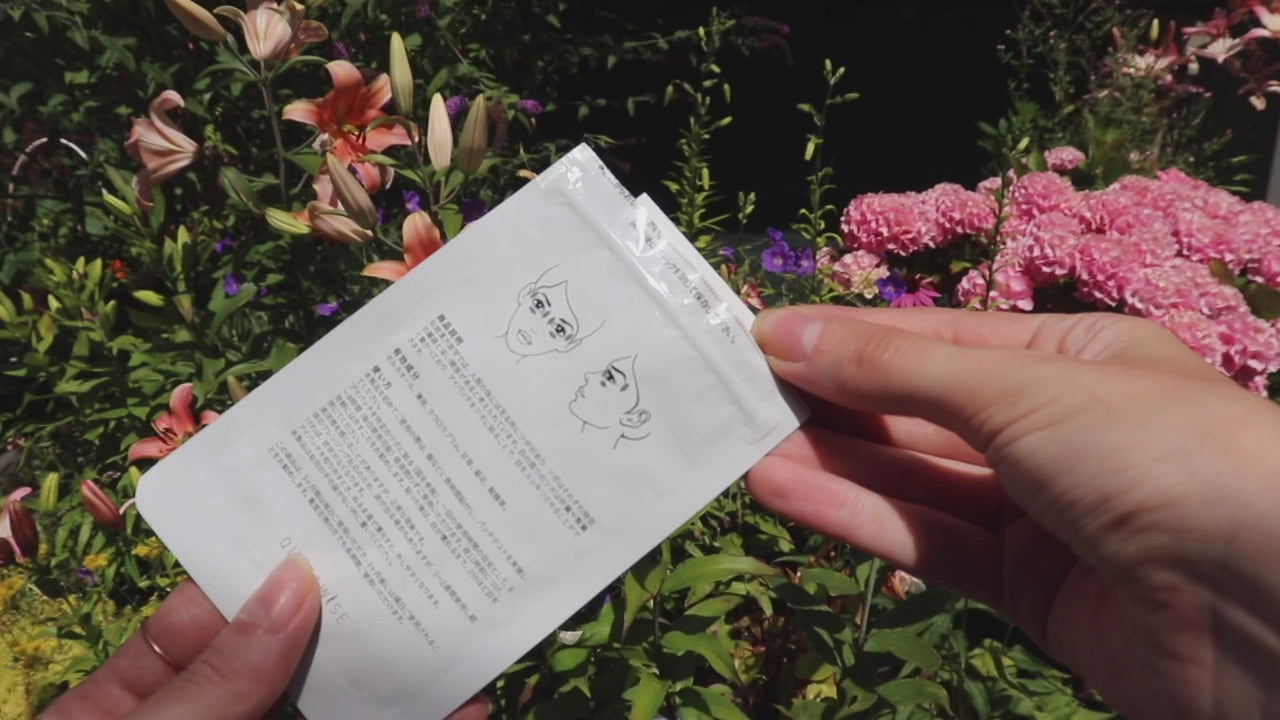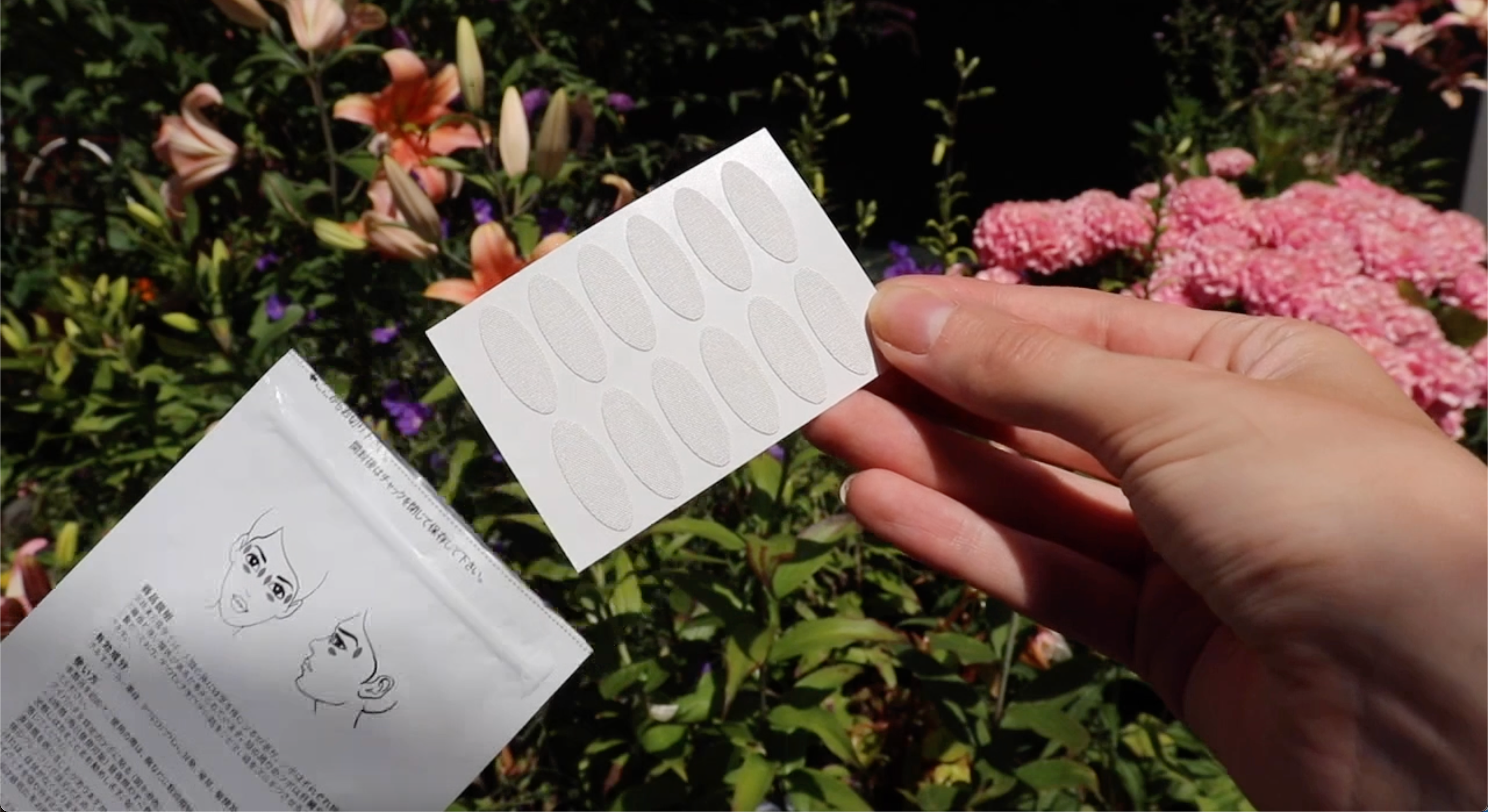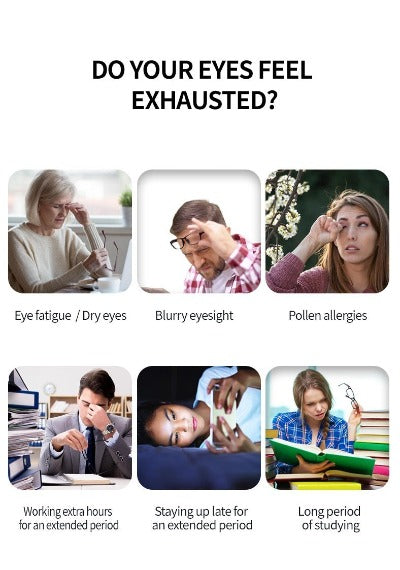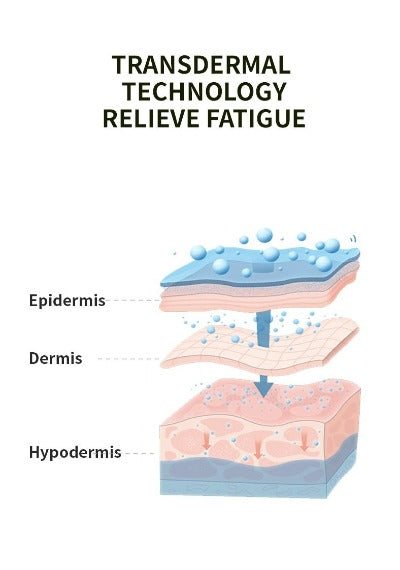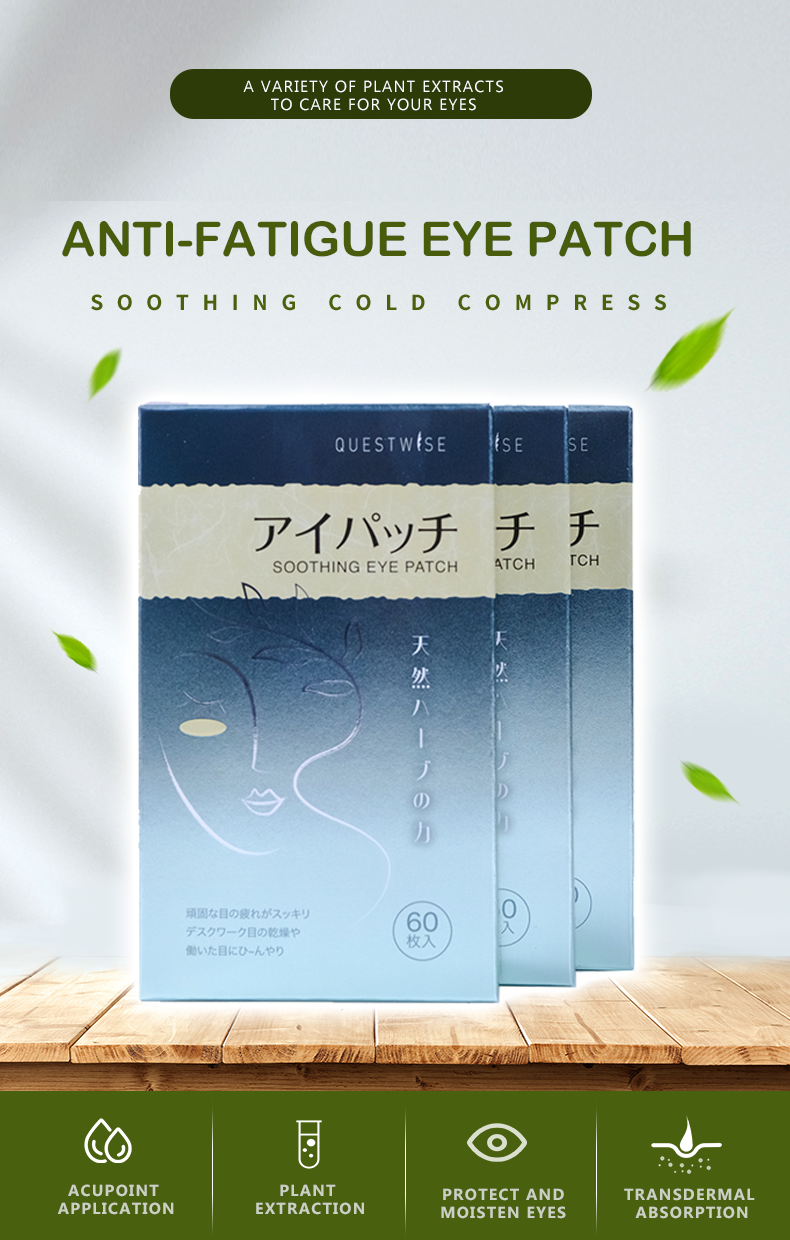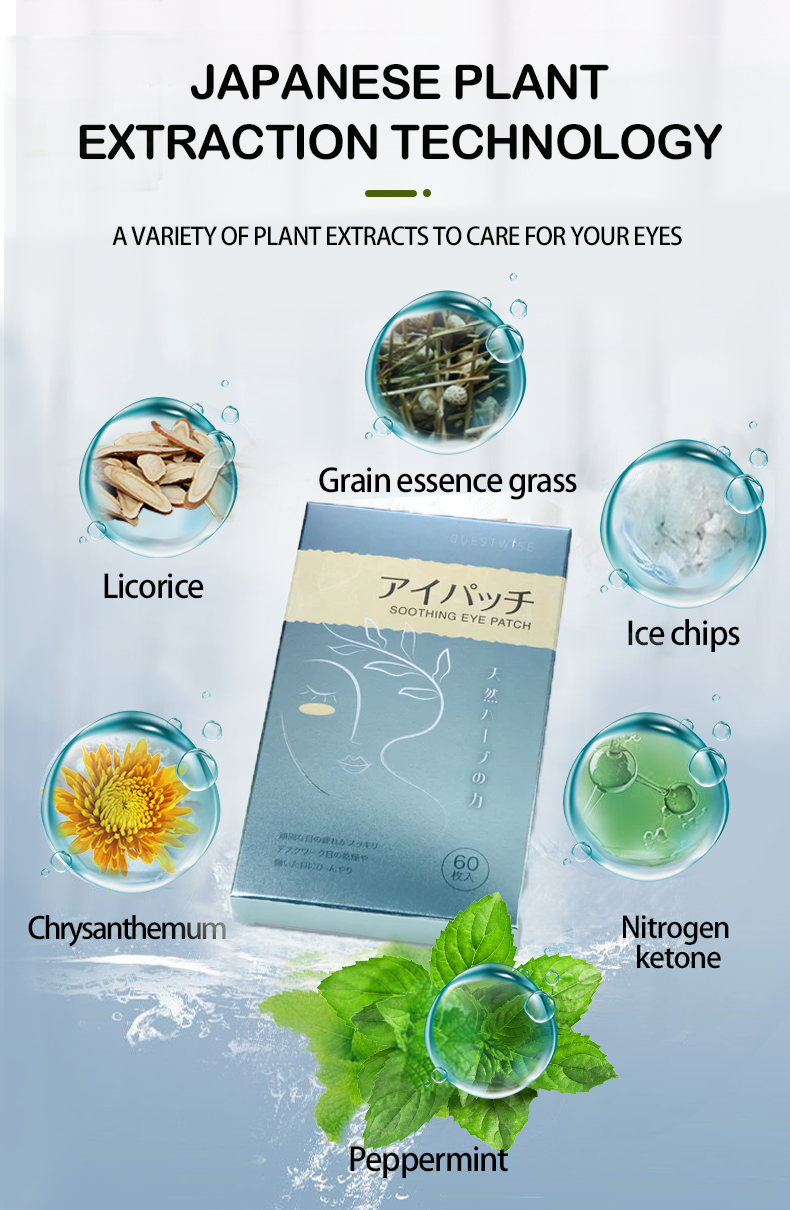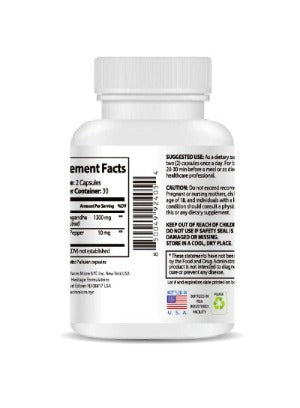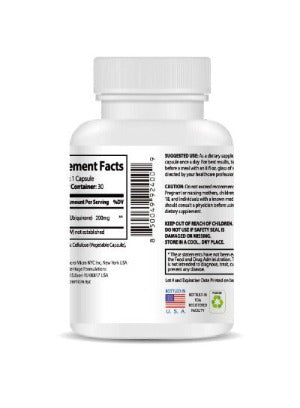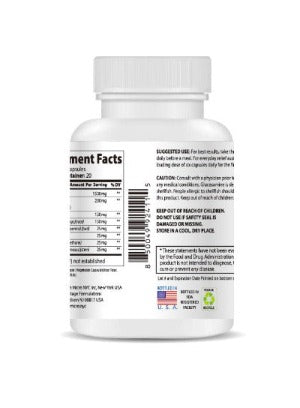Top 5 Mistakes That Make Hay Fever Eye Itch Worse
Hay fever, also known as allergic rhinitis, is a common condition that affects millions of people worldwide. One of the most annoying and persistent symptoms is the unbearable hay fever eye itch. While medication can help, many sufferers unknowingly worsen their symptoms by making simple mistakes. In this 2025 article, we'll explore the top five mistakes that can exacerbate your hay fever eye itch and offer solutions to help you find relief. This comprehensive guide will help you conquer those pesky symptoms and reclaim your comfort. We'll delve into the science behind the itch, explore preventative measures, and discuss how simple changes in your daily routine can dramatically improve your quality of life during allergy season. We will explore how these mistakes contribute to increased discomfort and offer actionable strategies to mitigate their effects. Our aim is to empower you with the knowledge and tools necessary to manage your hay fever eye itch effectively.
Mistake #1: Ignoring Your Eye Allergy Symptoms
Many people brush off mild eye itching, redness, or watering as minor annoyances, especially in the early stages of hay fever season. However, ignoring these early warning signs can allow the inflammation to worsen, leading to increased itchiness, burning sensations, and even more serious complications. The earlier you address your eye allergies, the better you can manage the symptoms before they become debilitating. Don't wait until your eyes are swollen and painfully itchy; proactive management is key. This might involve starting allergy medication or eye drops before symptoms become severe, as well as implementing preventative measures like washing bedding frequently. Early intervention can significantly reduce the overall duration and intensity of your symptoms. Consider keeping an allergy diary to track your symptoms and identify potential triggers. This information will prove invaluable when discussing treatment options with your healthcare provider. Early diagnosis and treatment can significantly impact your overall quality of life during allergy season, allowing you to participate fully in activities without the hindrance of severe eye irritation.
Mistake #2: Rubbing Your Eyes
The intense itch associated with hay fever eye allergies often triggers an almost irresistible urge to rub your eyes. But this seemingly innocent act only serves to significantly aggravate the situation. Rubbing your eyes introduces more irritants into the already inflamed conjunctiva (the thin membrane lining the inner surface of your eyelids and covering the sclera of your eyes), leading to increased redness, swelling, and of course, more itching. The friction from rubbing also disrupts the delicate surface of your eyes, making them even more susceptible to allergens and further inflammation. The increased friction can also lead to microscopic abrasions on the surface of the eye, increasing your susceptibility to infection and potentially delaying healing. Instead of rubbing, try gently dabbing the area with a cool, clean cloth. Using a cool compress can also help reduce swelling and inflammation. Consider keeping a small, clean towel or washcloth in your bag for quick relief when needed. Replacing the habit of rubbing with these alternative soothing methods may require conscious effort and will, but the results are worth the initial challenge. The improvement in your eye comfort will certainly justify the change in behavior.
Mistake #3: Forgetting to Wash Your Hands
Pollen and other airborne allergens are incredibly pervasive and easily stick to surfaces, including your hands. Throughout the day, you inevitably come into contact with pollen-laden surfaces, unknowingly transferring these irritants to your eyes. Touching your eyes without washing your hands first introduces these allergens directly to the source of your discomfort, exacerbating the itching and inflammation. This is especially important after spending time outdoors, gardening, or handling pets, as these activities significantly increase exposure to allergens. Establishing a habit of frequent handwashing, particularly before touching your face or eyes, is a crucial element of managing hay fever eye itch. Use a mild, fragrance-free soap and thoroughly wash your hands for at least 20 seconds with warm water. Keeping your hands clean will minimize the spread of allergens and contribute to improved eye health. Consider placing hand sanitizer dispensers in convenient locations throughout your house and car as reminders to wash your hands regularly, especially before touching your face.
Mistake #4: Not Protecting Your Eyes Outdoors
When pollen counts are high—which can vary greatly depending on your location and time of year—it's crucial to protect your eyes from unnecessary exposure. Wearing sunglasses can create a significant barrier against pollen and other airborne irritants, reducing the amount of allergen that reaches your eyes. However, not just any sunglasses will do; consider wraparound sunglasses to effectively shield your eyes from all angles. These provide a more complete barrier than conventional sunglasses, preventing allergens from entering from the sides or top. In addition to sunglasses, consider wearing a hat with a brim to help shade your eyes and reduce exposure to the sun and airborne allergens. Checking pollen forecasts before venturing outdoors allows you to prepare adequately and choose days and times with lower pollen counts. Planning your outdoor activities around lower pollen counts can drastically reduce your exposure and help alleviate the symptoms of hay fever. Utilizing weather apps and allergy forecasting services will help you make informed decisions, protecting your eye health.
Mistake #5: Neglecting Eye Care Products
While medication can address the underlying allergic response, incorporating soothing eye care products into your routine can provide significant relief from the immediate discomfort of hay fever eye itch. For instance, Wise Quest Soothing Eye Patches offer a natural and effective way to alleviate many of the symptoms. These patches, infused with traditional Chinese herbal medicine, work to reduce eye fatigue, dryness, astringency, redness, and swelling. They are a fantastic addition to a comprehensive hay fever management plan, providing soothing relief from the constant itch and discomfort.  Using these patches in conjunction with other strategies can significantly improve your comfort and reduce the severity of your symptoms. The gentle cooling effect of the patches can also help reduce inflammation and provide immediate relief from the itching sensation. They are a convenient and easy-to-use method for managing eye allergies. Always remember to consult your doctor or allergist for personalized advice and treatment. They can provide expert guidance on managing your specific allergy symptoms and recommend additional measures to improve your quality of life.
Using these patches in conjunction with other strategies can significantly improve your comfort and reduce the severity of your symptoms. The gentle cooling effect of the patches can also help reduce inflammation and provide immediate relief from the itching sensation. They are a convenient and easy-to-use method for managing eye allergies. Always remember to consult your doctor or allergist for personalized advice and treatment. They can provide expert guidance on managing your specific allergy symptoms and recommend additional measures to improve your quality of life.
By avoiding these five common mistakes and implementing the suggested solutions, you can significantly reduce the severity and discomfort of hay fever eye itch. Remember that a holistic approach is often the most effective. Combining preventative measures with soothing eye care products, like the Wise Quest Soothing Eye Patches, and medical treatments can lead to a noticeable improvement in your quality of life during allergy season. Don't let hay fever dictate your comfort—take control and enjoy a more comfortable and less itchy experience this year! Remember that everyone's experience with hay fever is unique. What works for one person may not work for another. Experiment with different strategies to find what best suits your needs. Be patient and persistent, and you will find the right combination of techniques to effectively manage your hay fever eye itch.



